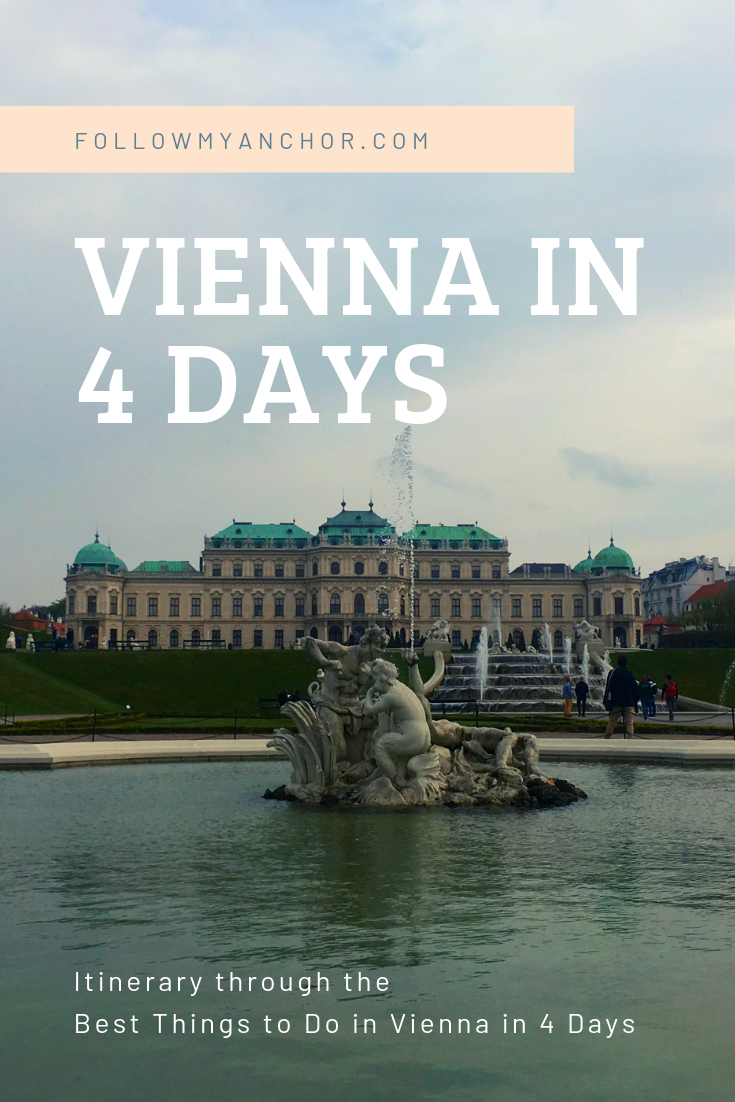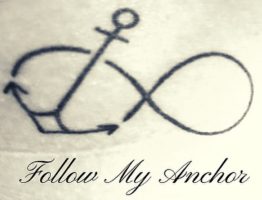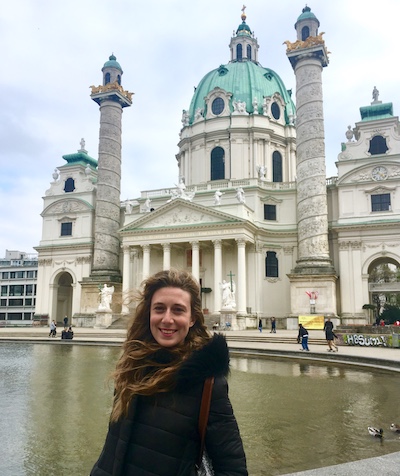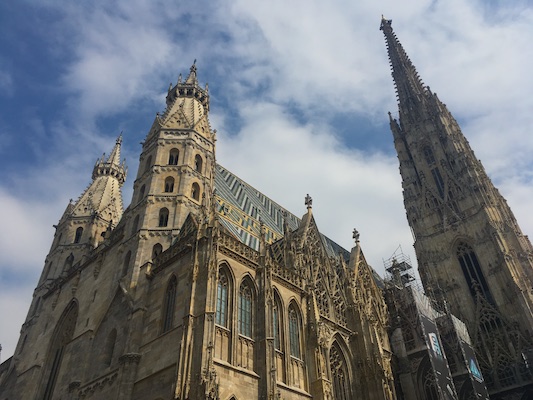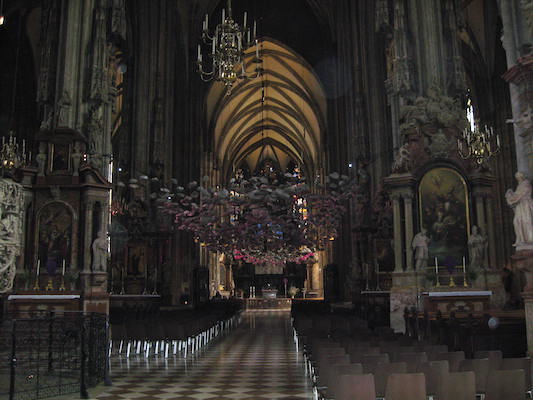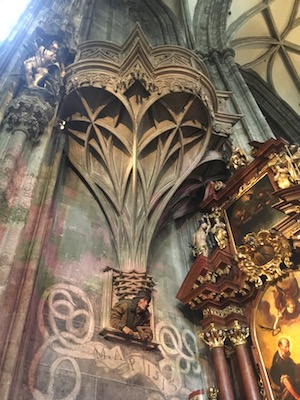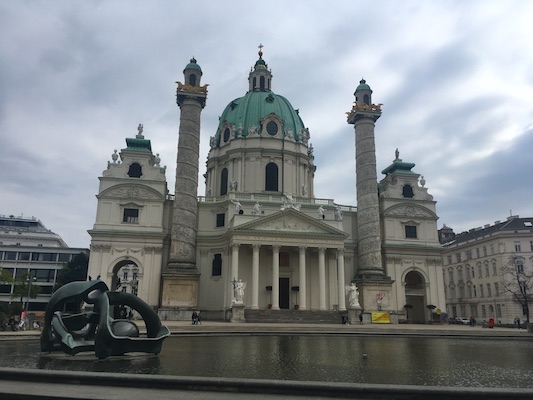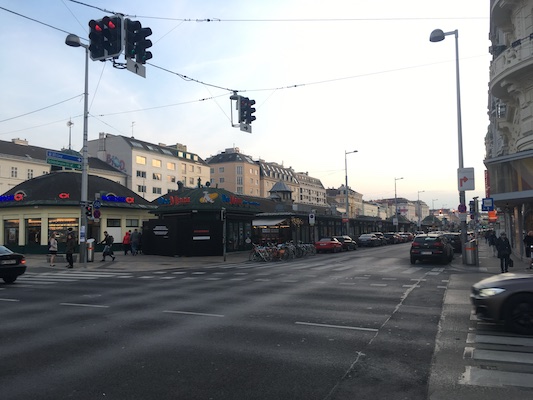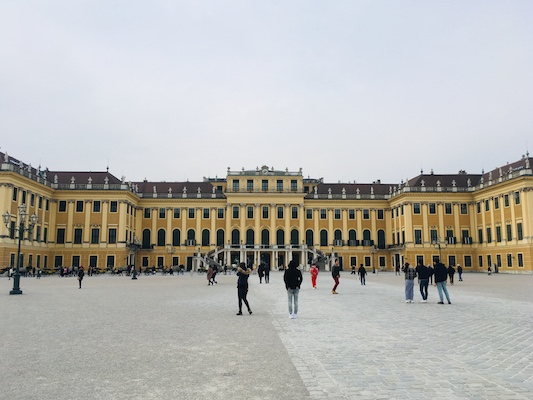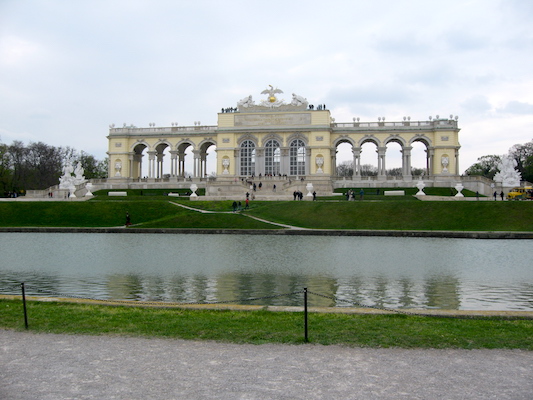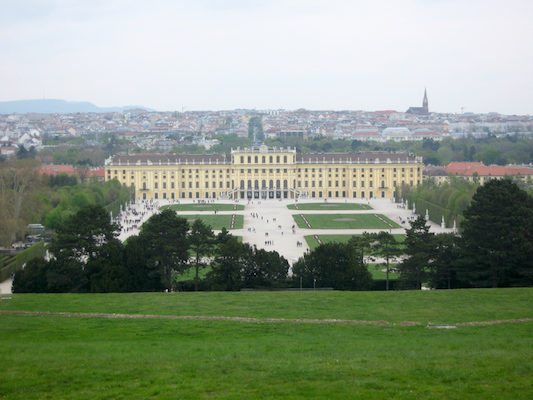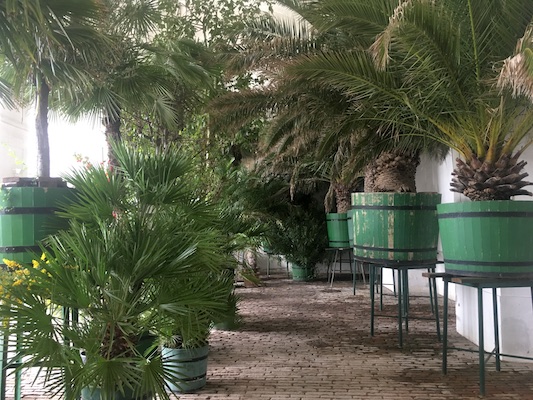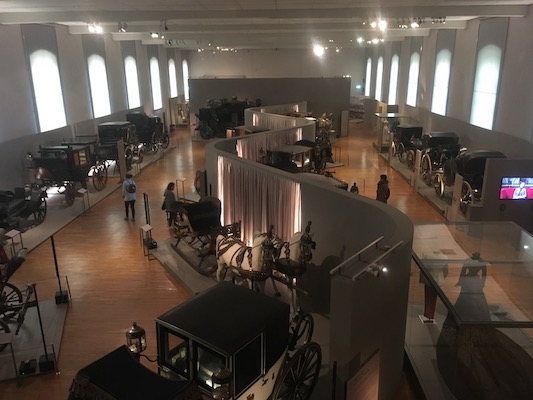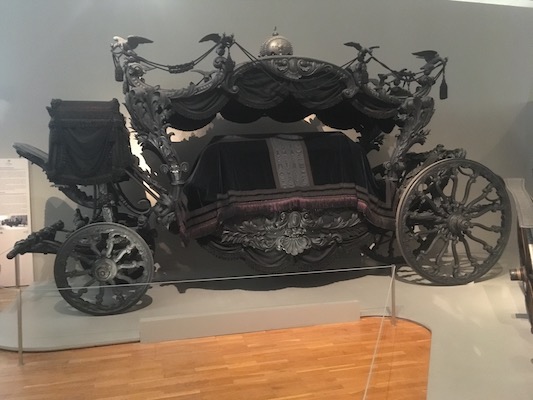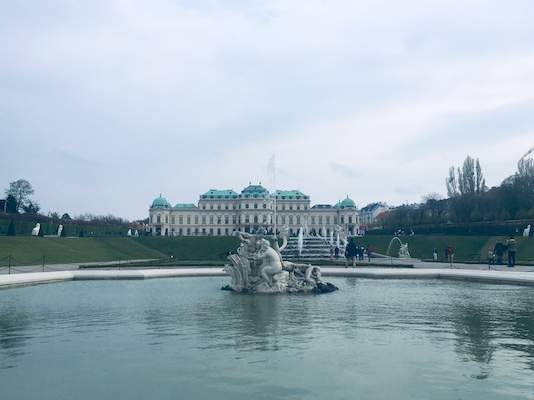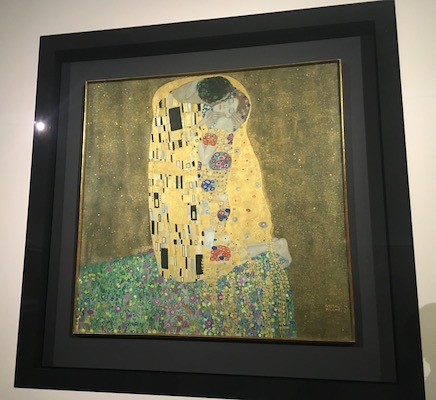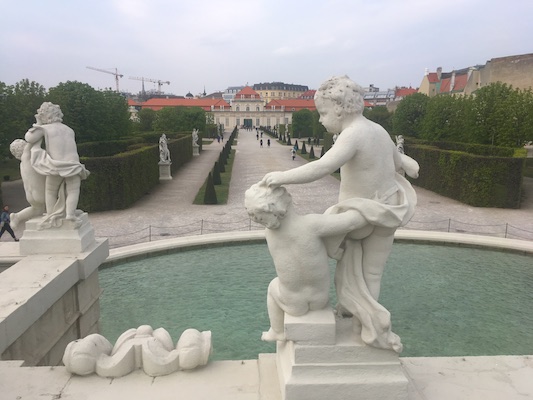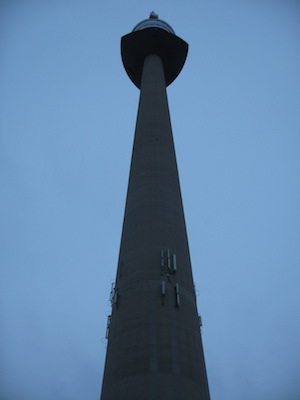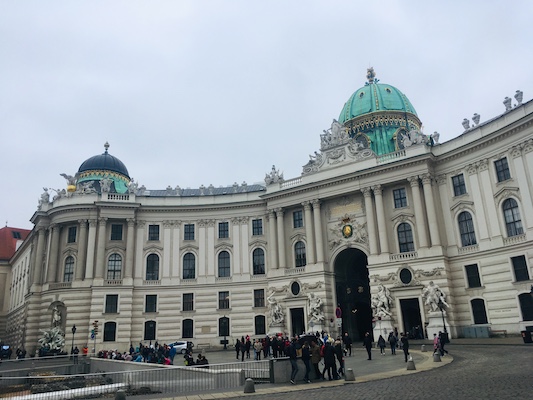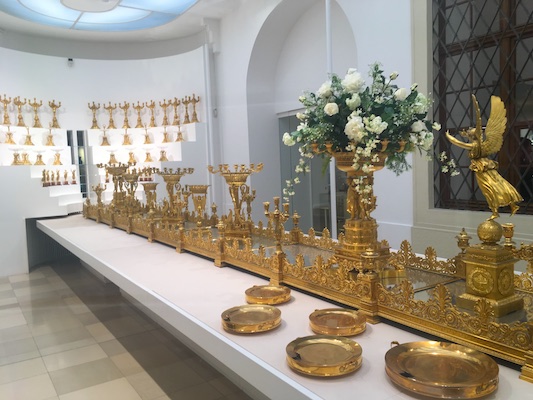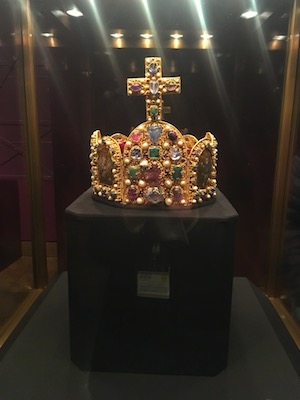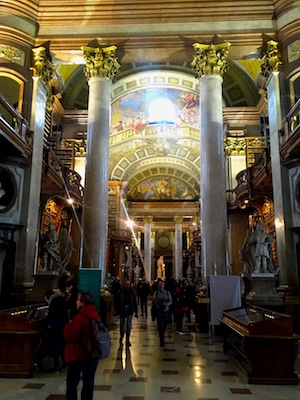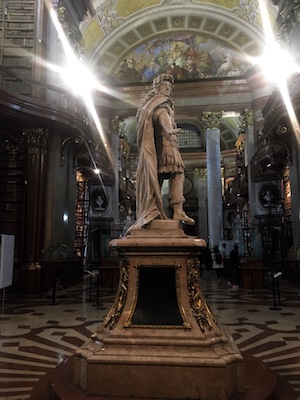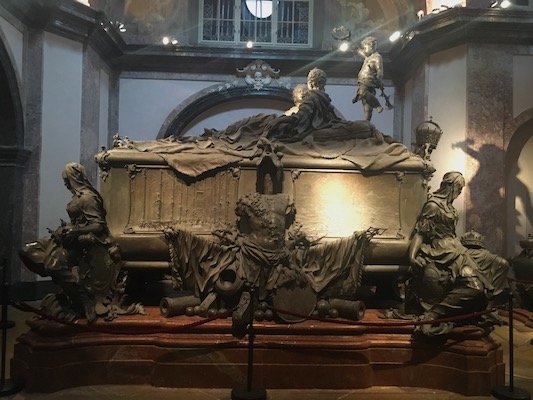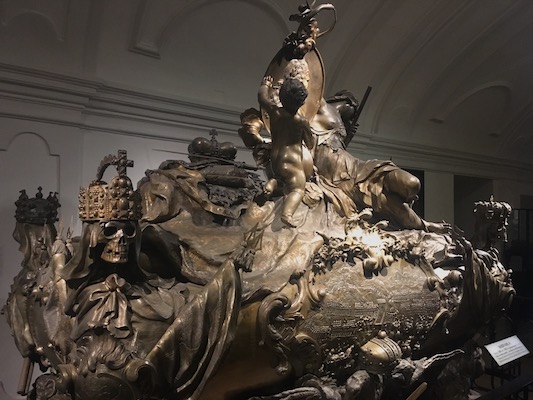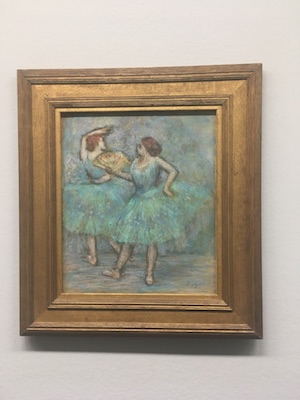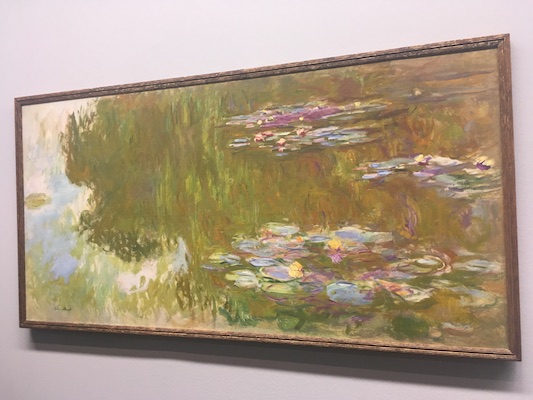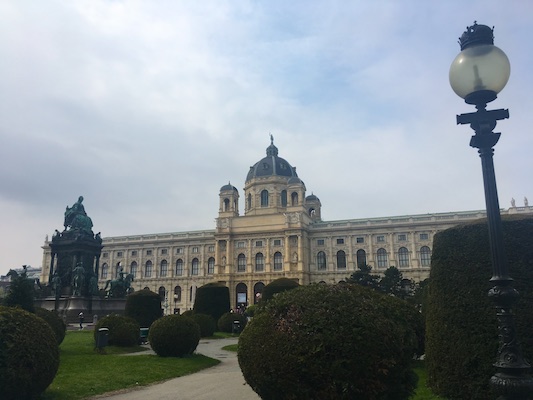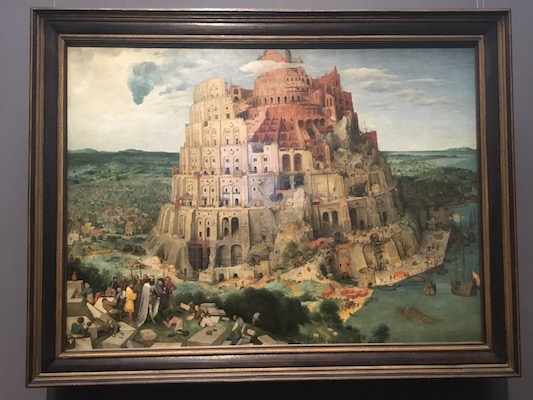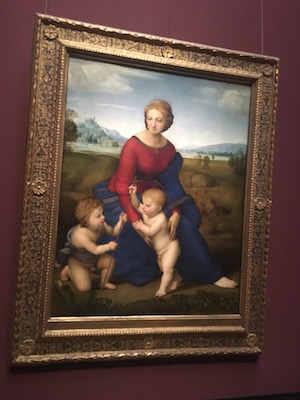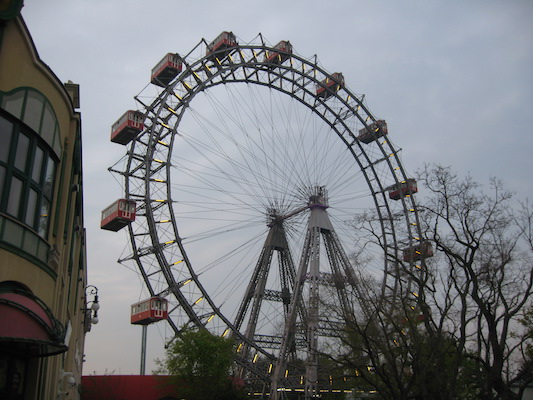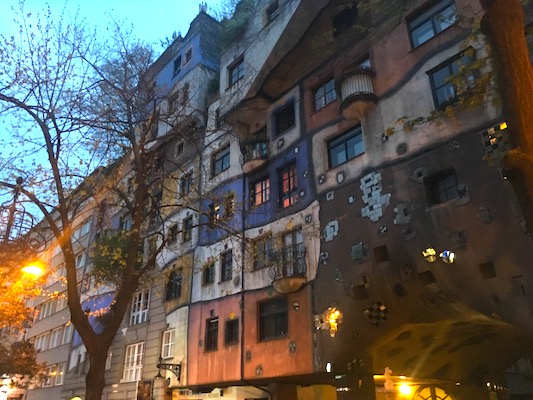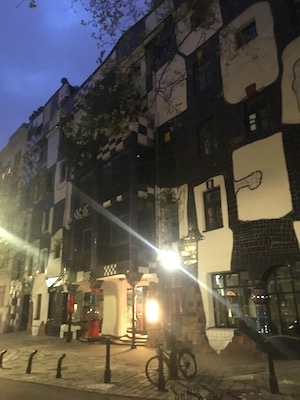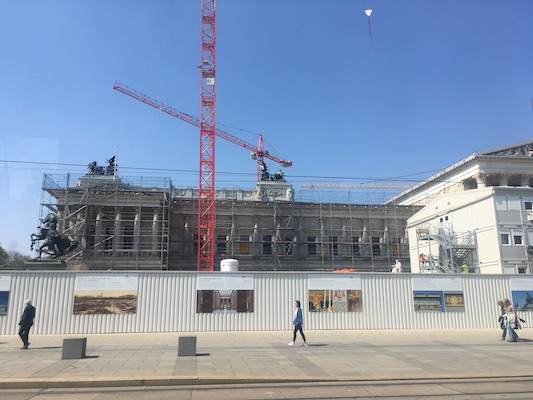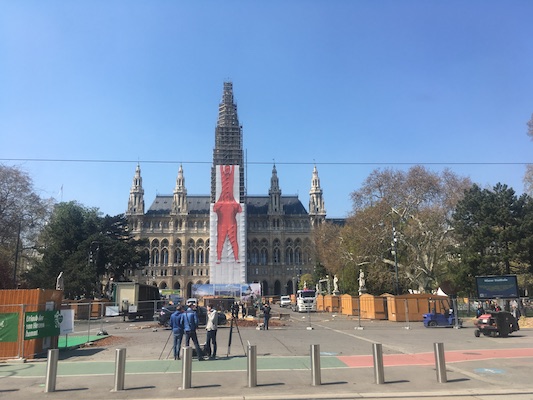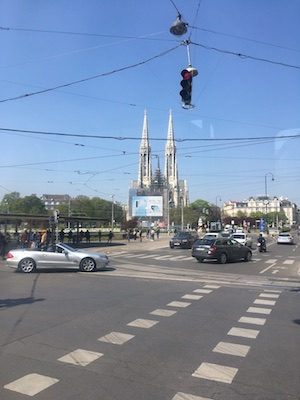This post may contain affiliate links, which means I may receive a commission, at no cost to you, if you make a purchase through a link. Please see my full disclosure for further information.
Things to do in Vienna in 4 days: itinerary through the highlights of Vienna to discover the capital city of Austria in 4 days.
Close your eyes. Imagine. A violin playing some classical music by Strauss. Royals living their court life. Elegant carriages crossing the streets. A fork cutting the Sacher cake.
Open your eyes. You are in Vienna!
Music, glitz and glamour! Vienna is the city of the greatest composers of classical music and has been the residence of the Habsburgs for over 6 centuries.
Vienna wins you over with its elegant buildings, royal residences and interesting museums.
My parents and I decided to explore this amazing city in April. So, if you are about to visit Vienna too, find out about the best things to do in Vienna with our 4 days itinerary.
THINGS TO DO IN VIENNA: A 4 DAYS ITINERARY.
THINGS TO DO IN VIENNA: DAY 1.
ST. STEPHAN’S CATHEDRAL.
We start our itinerary with one of the symbols of Vienna: St. Stephan’s Cathedral and its beautiful roof covered by colorful tiles.
The tiles of the roof form a mosaic of geometrical figures and an eagle, the symbol that we also find in the flag of Austria.
St. Stephan’s Cathedral was built in 1359 in Inner Stadt, World Heritage Sites of UNESCO. According to the original project, there were supposed to be two twin towers. But the costs were too high that one of the towers never reached the 136,7 meters of the other one, called “Steffl” (little Stephan) by the locals. The “little tower” was then covered by a cap.
INSIDE THE CATHEDRAL.
You can go inside the cathedral for free but you need to buy a ticket if you want to get closer to the aisles.
The most interesting things to see inside the Cathedral are:
- the stone pulpit with the statues of the four Doctors of the Church (St. Augustine, Ambrose, Gregory and Jerome) carved by Pilgram in 1515;
- the self-portrait of Pilgram looking out a little window by the stairs that lead to the pulpit;
- Pilgram again who pops out of the wall with his square and compass;
- the red marble tomb of Emperor Frederick III.
Inside the cathedral you can also visit the catacombs that contain the bodies of cardinals, bishops, dukes and some plague victims.
There are also some urns containing the organs of some members of the Habsburg dynasty, except for the hearts that are kept in St. Augustinerkirche. The rest of their bodies is located instead in the Imperial Crypt of the Capuchin Church. So it looks like they used to do a real dissection to the dead bodies of the Habsburgs!
We leave now the creepy catacombs, we say bye to little Stephan and we definitely change the scenery! We go now tasting the traditional Austrian pastry: the Sacher cake!
CAFE SACHER.
There is a huge line to get into the Cafe Sacher which is part of the luxury Hotel Sacher Wien.
We usually do not have much patience but we are happy to compromise when it comes to desserts.
It’s finally our turn and we open the door of the elegant Cafe Sacher.
We order a delicious “Sacher das original seit 1832” and we get why this little chocolate triangle has been showing off for 187 years!
OPERA HOUSE.
The Cafe Sacher is very close to the Staatsoper, the Opera House, the building that hosts the famous Vienna Opera Ball which takes place on all Thursdays preceding Ash Wednesday.
STADTPARK.
And now it’s time to work the Sacher off with a nice walk in Stadtpark, the city park.
The famous attraction of the park is the golden statue of Strauss playing his violin.
ST. CHARLES CHURCH.
We walk now towards Karlsplatz to see the beautiful church dedicated to St. Charles Borromeo, the saint protector of plague victims. Emperor Charles VI ordered its construction in 1716 after a great plague epidemic.
What makes the church special is the elegant baroque dome and the two high columns with their spiral reliefs that illustrate the life of the saint.
NASCHMARKT.
So now that you worked the cake off, your stomach is ready for some street food in Naschmarkt.
Naschmarkt is an outdoor market with about a hundred stands of international food.
THINGS TO DO IN VIENNA: DAY 2.
Have a large breakfast because today you will have a neat day! We are going to visit the elegant royal summer residences, starting with Schönbrunn.
SCHÖNBRUNN PALACE.
We all go somewhere in summer. Well, some people spent their summer in Schönbrunn Palace!
Schönbrunn Palace was the imperial summer residence of the Habsburgs who used to stay in the imperial apartments of Hofburg for the rest of the year.
Schönbrunn means “beautiful spring” referring to a well that was found near the palace.
The palace, UNESCO World Heritage Site, is stunning and huge and you need the whole day to visit the entire complex.
But we selected the areas we were more interested in to complete the visit in half a day and explore the other highlights of Vienna.
And so this is how we planned our visit to Schönbrunn.
GRAND TOUR OF THE IMPERIAL ROOMS.
The Grand Tour with audio guide is an hour tour through 40 magnificent imperial rooms, including the private rooms of Franz Joseph and Sisi and the Mirror Room where Mozart performed for the first time when he was only 5 years old.
We found the Grand Tour very interesting because it gave us an insight into court life.
GLORIETTE.
You can visit Schönbrunn Park and walk around its beautiful fountains and statues for free or pay to visit the glasshouses and the themed gardens.
Or you can also buy a ticket for a train that takes you in 50 minutes around the park which is 160 hectares large.
On the opposite side of the palace you can see the Gloriette, an elegant structure with an inner room that was used as a dining room.
From here you can also enjoy stunning views of the palace and the park.
THE MAZE.
And now you can test your orientation in the maze of the park.
At first you might think it’s super easy to find your way through the labyrinth but trust me! It’s not! But don’t worry! Because if you ever get lost you can ask the people who could reach the panoramic platform for some help. From above they can see clearly the path of the maze and guide you towards the exit.
Besides the old maze, built in 1720, you can also find a playground and a new labyrinth with games for all ages.
THE PRIVY GARDEN.
On the eastern side of the palace you can visit the neat “Privy Garden” with beautiful geometrical flower beds.
The Privy Garden was called the “Crown Prince Rudolf Garden” after they furnished the apartments for Prince Rudolf, the son of Franz Joseph and Sisi, who killed himself when he was 30.
THE ORANGERY GARDEN.
The Orangery Garden is another historical garden in Schönbrunn. The Orangery was built to store the orange trees and the exotic plants in the winter.
Once the Orangery was also used for the court festivities and today is still used as a venue for concerts.
Just keep in mind that from October to mid-May many plants and trees are transferred to the glasshouse that can be only partially visited.
IMPERIAL CARRIAGE MUSEUM.
We end our visit to Schönbrunn with the Imperial Carriage Museum, a room with a collection of the imperial carriages that the Habsburgs used for their travels or ceremonies.
The highlight of the museum is the Imperial Couch used for the royal coronations. It is decorated with golden carving and weighs more than 4000 kg!
Among the others you can also see the funeral carriage that carried Sisi’s body.
BELVEDERE.
We leave now Schönbrunn to visit another amazing summer residence: the Belvedere, one of the most beautiful baroque buildings in the world and UNESCO World Heritage Site.
The Belvedere was the summer residence of Prince Eugene of Savoy that includes two palaces and a garden in-between them.
Today the two palaces are known as the Upper Belvedere and the Lower Belvedere and host a great art collection.
UPPER BELVEDERE.
The Upper Belvedere was once a representative palace for the court banquets and festivities and today hosts masterpieces of modern art, in particular by Gustav Klimt.
We are very excited to be in the room of the famous “Kiss” by Klimt! After the usual procession of selfies we can finally get close to the painting.
Unfortunately “Judith” wasn’t there during our visit.
We leave the Upper Belvedere and walk through the wonderful garden and its beautiful statues of sphinxes and other mythological creatures.
LOWER BELVEDERE.
And were we are at the Lower Belvedere.
In this palace there were once the apartments of Prince Eugene and today you can still see the Hall of Grotesques, the Marble Gallery and the Golden Room.
Today the Lower Belvedere hosts temporary exhibitions.
All this luxury made us dizzy! We need to take a break and go back to the ground.
Or better, at 150 meters above the ground!
Yes because we are about to climb the Danube Tower, the tallest building in Austria!
DANUBE TOWER.
The Danube Tower, 252 meters high, offers an amazing view of Vienna from its panoramic terrace at 150 meters high that you can reach in just 35 seconds thanks to a super fast elevator while the “Mission Impossible” tune is playing.
You can also have dinner in the rotating restaurant that offers Austrian specialties and a 360-degree view of Vienna.
THINGS TO DO IN VIENNA: DAY 3.
And you have got a full day today too!
We go back to Inner Stadt to explore the majestic Hofburg and get to know better the life of the imperial dynasty.
There are also many interesting museums to visit today! So recharge your batteries and let’s have another great day in Vienna!
HOFBURG, THE IMPERIAL PALACE.
The magnificent Hofburg, the imperial palace, has been the official residence of the Habsburgs for over 6 centuries.
Today the palace is the official seat of the President of the Austrian Republic and includes a few themed museums to find out about the history and the lifestyle of the imperial dynasty rulers.
The visit of the Hofburg includes 3 sections: the Imperial Silver Collection, the Sisi Museum and the Imperial Apartments.
THE IMPERIAL SILVER COLLECTION.
The Imperial Silver Collection displays more than 7000 objects used for the court dining.
I’m quite sure you are not dying to know every single spoon, fork and knife that the Princess Sisi used so unless you have some sort of obsession for cutlery you can walk through the halls of the museum quite fast.
But make sure you don’t miss the 30 meters long Milan Centerpiece!
Well it definitely doesn’t go unnoticed!
THE IMPERIAL APARTMENTS AND THE SISI MUSEUM.
And if the Milan Centerpiece might be quite intimidating, the imperial apartments are not far behind!
The first rooms house the Sisi Museum that displays items that belonged to the Empress (Sisi) and describes how she lived her life at court.
Well if you used to watch the cute series with a super blonde Sisi madly in love with her Franz, you’ll find out that unfortunately the idyllic cartoon is way far from reality!
First of all Sisi was brunette, but that’s not important. The main thing is that Sisi hated life at court, she didn’t really fancy her husband (not to mention her mother-in-law) and she was also quite anorexic.
So Sisi lived a quite unhappy life, following the strict court rules, until she tragically died in Geneva, killed by an anarchist.
The rest of the museum displays the lavish furniture recreated with historical accuracy in the apartments where Emperor Franz Joseph, Empress Sis and other rulers of the Habsburg dynasty used to live.
THE IMPERIAL TREASURY.
The Imperial Treasury, located in a separate section of Hofburg, houses the collection of the imperial treasury and the coronation vestments.
The highlights are the Austrian Imperial Crown, that was worn for the first time in 1604 by Rudolf II and became the official crown of the new Empire of Austria in 1806, and the Crown of the Holy Roman Empire.
The rulers of the Habsburg dynasty had been in fact emperors of the Holy Roman Empire for many years until its dissolution in 1806 when Francis II became Francis I, the first Emperor of Austria.
STATE HALL OF THE AUSTRIAN NATIONAL LIBRARY.
The State Hall of the Austrian National Library is one of the most beautiful baroque halls in the world.
Charles VI ordered its construction in 1723 for his court library and today it houses prestigious leather-bound tomes, maps and globes.
The hall is 77 meters long and presents amazing ceiling frescoes and a few statues, including the statue of Charles VI.
IMPERIAL BURIAL VAULT.
And after visiting the places where the members of the Habsburg empire used to live it’s time to see the one where they will rest forever: the Imperial Crypt of the Capuchin Church.
The crypt contains the bodies of a dynasty that ruled for over 6 centuries and the decorations of the tombs reflect the art style at the time.
The magnificent ones are the tombs of the emperors who ruled during the Baroque period, in particular the double sarcophagus of Maria Theresa and Francis I Stephen and the tomb of Charles VI.
Sissi’s tomb is next to the tomb of Franz Joseph and their son Rudolf.
Well I think we had enough of the Habsburgs for today!
Let’s go now breath some art in the beautiful museum of Albertina!
ALBERTINA.
Albertina is an elegant building founded in 1776 by Duke Albert of Saxen Teschen which houses a great collection of artworks, especially by Dürer, Monet, Cezanne, Matisse, Renoir, Picasso, Mirò, Klimt and many others.
The highlights of the museum are “Two Dancers” by Degas and “The Water Lily Pond” by Monet.
THE MUSEUM OF ART HISTORY.
We go on with our immersion into art and visit the amazing Kunsthistorisches Museum, the Museum of Art History.
The Museum is the same square of the Museum of Natural History, that looks very similar to the Kunsthistorisches Museum, and Maria Theresa Monument.
Emperor Franz Joseph ordered its construction for the imperial collection creating one of the most interesting museums in the world.
You could spend entire days exploring this fascinating museum but unfortunately we had little time and could only visit the main paintings.
The most popular painting of the museum is “The Tower of Babel” by Bruegel.
Other highlights are “Adam and Eve” by Dürer, “Madonna in the Meadow” by Raphael and the two masterpieces by Caravaggio “Madonna of the Rosary” and “David with the head of Goliath”.
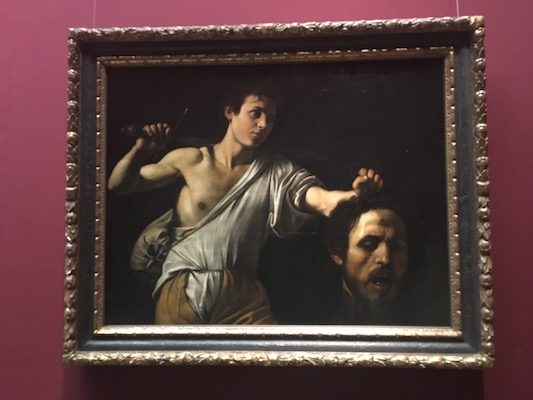
We leave the Kunsthistorisches Museum with a heavy heart and head to one of the symbols of Vienna: the Ferris wheel of Prater.
THE FERRIS WHEEL OF PRATER.
“Riesenrad”, the 65 meters high Ferris wheel of Prater, has offered amazing views of Vienna and Wurstelprater, the amusement park, since 1897.
Taking a ride on the Giant Ferris Wheel is for sure one of the top things to do in Vienna!
Before ending this amazing day, we go to see the two most extravagant buildings of Vienna: Hundertwasser and Kunst Haus.
HUNDERTWASSER HOUSE.
Hundertwasser House is a complex of apartments designed by Hundertwasser, an architect and artist of the 20th century who used to create his buildings with irregular shapes and decorate them with colorful designs and mosaics.
Near the house there is Hundertwasser Village, a small village with cafes and art galleries that seems to belong to a different world.
Not far from Hundertwasser House there is also Kunst Haus, another innovative building of the architect that houses his artworks.
THINGS TO DO IN VIENNA: DAY 4.
And here comes the last day of our stay in Vienna. We still have some time before our afternoon flight, so we take a relaxing city cruise and a tram ride.
CITY CRUISE.
In Schwedenplatz we get on a boat and take a 75 minutes cruise on the Danube river.
Honestly, it’s nothing special and you can skip it.
Chilling on a boat is for sure relaxing but we found the cruise a little boring and nothing compared to the amazing Danube cruise that we took in Budapest!
Way more interesting is the tram ride along the Ringstrasse.
VIENNA RING TRAM.
In Schwedenplatz there is also the terminal of Vienna Ring Tram that goes along Ringstrasse, an amazing boulevard located on the same route of the former city walls.
Ringstrasse is full of things to see and is a World Heritage Site of UNESCO.
Audio guides are available onboard to learn about the highlights that you see on the way.
Here are some of them, besides the ones that we have already seen on the previous days.
THE PARLIAMENT.
The Parliament Building, seat of the two Chambers of the Austrian Parliament, was built in 1883 in the style of the Greek, classical architecture.
RATHAUS, THE CITY HALL.
We are now in front of the Neo-Gothic building of the Rathaus, the city hall, that has the same architecture of the Flemish buildings.
Fun fact about the central tower: the emperor didn’t want the tower of the Rathaus to be taller than the nearby Votivkirche’s towers which are 99 meters high. So the architect obeyed and built a 98 meters high tower but he placed a statue of a knight on top making a total of 102 meters. What a naughty little architect!
VOTIVKIRCHE.
So here is the Votivkirche!
Ferdinand Maximilian, the Archduke of Austria, ordered the construction of the church in 1853 as a votive offering for a failed assassination attempt on Emperor Franz Joseph, his brother.
And here comes the end of the tram ride and our stay in Vienna.
Most of the things that I listed in this article are included in the Vienna Pass. In the next post I will give you all the details about the Vienna Pass, including useful information and travel tips for Vienna.
For now take a look at the map of the things to do in Vienna together with the map of the accommodation.
SEARCH HOTELS IN VIENNA.
Booking.comHonestly I think 4 days are not enough for Vienna and we had more time to explore the museums, in particular the Museum of Art History. We would have also liked to visit the Museum Quarter, the house of Mozart, Beethoven, Strauss, Haydn and wander more around the little corners of Vienna.
But I also like to say goodbye to a new place and have an excellent excuse to come back!
See also:
VIENNA: TOURIST INFORMATION & ALL YOU NEED TO KNOW ABOUT THE VIENNA PASS
